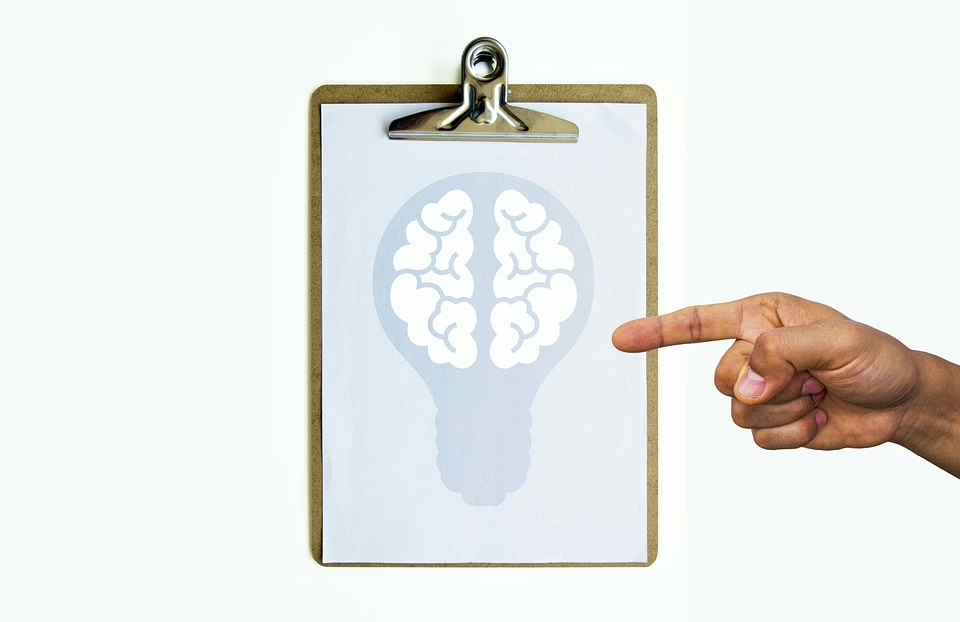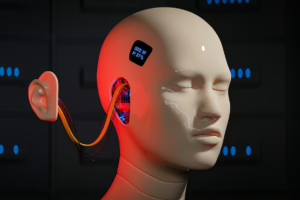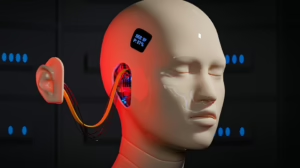Artificial Intelligence: Definitions that Drive the Digital Age
Introduction
Artificial Intelligence (AI) represents one of the most significant technological advancements of the modern era. From enhancing business operations to reshaping interpersonal communication and even augmenting healthcare, AI is reshaping nearly every aspect of our lives. However, to effectively navigate this landscape, we must first establish a clear understanding of what AI is and its various definitions. This article delves into the multifaceted nature of AI, exploring its definitions, applications, and implications in the digital age.
1. Understanding the Basics of AI
At its core, Artificial Intelligence can be defined as the simulation of human intelligence processes by machines, particularly computer systems. These processes include learning (the acquisition of information and rules for using it), reasoning (using rules to reach approximate or definite conclusions), and self-correction.
1.1 Definitions of AI
-
General AI: This refers to a type of artificial intelligence that possesses the ability to understand, learn, and apply knowledge across a wide range of tasks, demonstrating cognitive abilities on par with humans.
-
Weak AI: Also known as Narrow AI, this form is designed to perform a specific task—such as facial recognition or internet searches—without consciousness or genuine understanding. Today, most AI applications are of this type.
-
Machine Learning (ML): A subset of AI that enables machines to learn from data and improve their performance over time without being explicitly programmed.
-
Deep Learning: A further subset of machine learning involving neural networks with many layers (hence “deep”). It is particularly effective in tasks such as image and speech recognition.
2. Historical Context
The roots of AI can be traced back to ancient history, where the concept of automated reasoning emerged. However, the field of AI formally began in the 1950s. Pioneers like Alan Turing and John McCarthy laid the groundwork by introducing pivotal concepts and organizing the first AI conference.
2.1 The Turing Test
Alan Turing proposed a criterion of intelligence known as the Turing Test, which evaluates whether a machine can exhibit intelligent behavior indistinguishable from that of a human. Although criticized for its limitations, the Turing Test remains a popular method for assessing AI capabilities.
3. AI Technologies and Techniques
Various technologies underpin AI, each with its own unique function and application.
3.1 Expert Systems
Expert systems are computer programs that mimic the decision-making abilities of a human expert. They are particularly useful in domains requiring specialized knowledge, such as medical diagnosis and financial forecasting.
3.2 Natural Language Processing (NLP)
NLP enables machines to understand and interpret human language. Applications include chatbots, language translation, and sentiment analysis. This technology is crucial for making human-computer interactions more intuitive.
3.3 Robotics
AI-driven robotics combines hardware and software systems to perform complex tasks that can range from assembly lines in manufacturing to autonomous vehicles.
4. Applications of AI in Various Sectors
Artificial Intelligence is not confined to a single field; it permeates multiple sectors:
4.1 Healthcare
AI has transformed healthcare through technologies like predictive analytics, personalized medicine, and robotic surgery. Algorithms analyzing vast datasets can identify patterns for early detection of diseases, improving patient outcomes.
4.2 Finance
In finance, AI algorithms assist in fraud detection, robo-advising, and algorithmic trading. Machine learning models analyze transaction patterns, flagging suspicious activity in real-time.
4.3 Retail
AI influences consumer behavior through personalized marketing strategies driven by customer data analytics. Recommendations engines use collaborative filtering to suggest products based on user preferences.
4.4 Transportation
Autonomous vehicles utilize AI for navigation, obstacle detection, and decision-making. Companies like Tesla, Waymo, and Uber are at the forefront of this revolution.
5. Ethical Considerations
The rise of AI brings ethical dilemmas that must be addressed to navigate the digital age responsibly. Issues include:
5.1 Job Displacement
Automation through AI may result in substantial job losses, especially in low-skill jobs. This sparks debates regarding universal basic income and workforce retraining programs.
5.2 Privacy Concerns
The data-driven nature of AI may pose risks to individual privacy. For instance, facial recognition technologies have raised concerns regarding surveillance and civil liberties.
5.3 Bias in AI
AI systems can inherit biases present in the training data, leading to discriminatory practices, especially in hiring, lending, and law enforcement.
6. The Future of AI
The trajectory of AI is one of continuous growth and innovation. Emerging trends include:
6.1 Quantum Computing
Quantum computing holds the potential to significantly enhance AI computations, enabling the processing of vast datasets at unprecedented speeds.
6.2 AI in Creative Fields
AI is making strides in creative sectors such as music, writing, and art. Generative models can create original works, raising questions about authorship and creativity.
6.3 Human-AI Collaboration
Rather than replacing humans, AI is expected to augment human capabilities, leading to novel synergies in research, business, and beyond.
Conclusion
Artificial Intelligence is a defining characteristic of the digital age. Its myriad definitions, technologies, and applications underscore its profound impact on our society. However, as we embrace its potential, we must also navigate the ethical considerations it raises. Establishing robust guidelines and fostering public dialogue will be crucial to harnessing AI for the greater good. Looking forward, the intersection of humanity and AI promises to create unprecedented opportunities and challenges, urging us to rethink concepts of intelligence, creativity, and ethical responsibility.
Footnotes
- Russell, S., & Norvig, P. (2020). Artificial Intelligence: A Modern Approach. Pearson.
- Turing, A. M. (1950). “Computing Machinery and Intelligence.” Mind, 59, 433-460.
- Goodfellow, I., Bengio, Y., & Courville, A. (2016). Deep Learning. MIT Press.
- Bostrom, N. (2014). Superintelligence: Paths, Dangers, Strategies. Oxford University Press.
- Machanavajjhala, A., et al. (2013). “Privacy: Theory and Practice.” IEEE Security & Privacy, 11(2), 26-33.
This article serves as a foundational overview of AI while acknowledging the complexities that accompany its rapid evolution. The interplay of technology, ethics, and human experience will shape the future of our digital landscape, and collective efforts will be necessary to guide this journey constructively.


























Add Comment